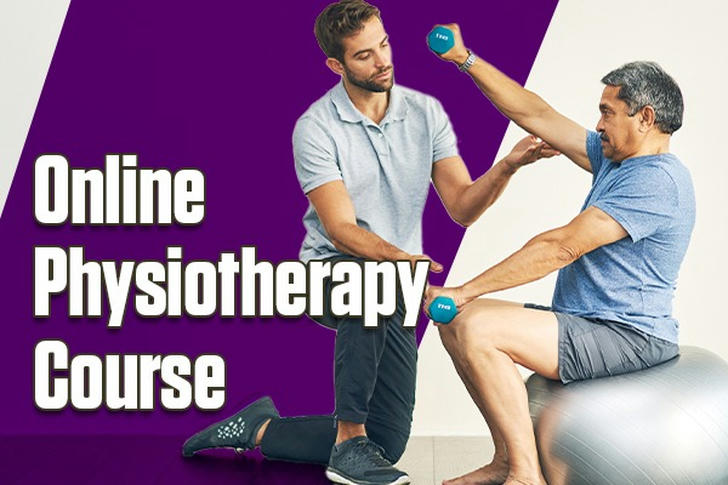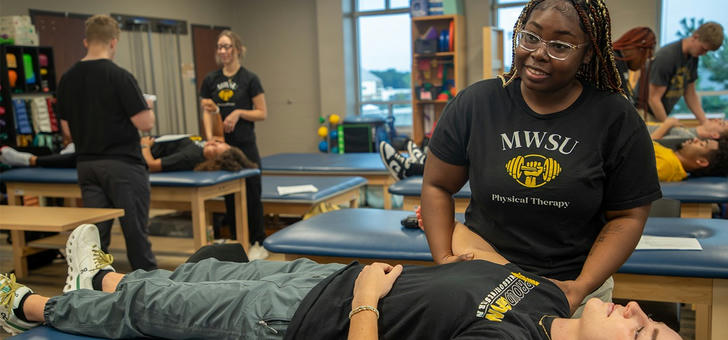Becoming a Physical Therapist in the U.S.: Education, Careers, and Real-Life Success Stories
Physical therapy is one of the most rewarding and rapidly growing healthcare professions in the United States. With an average annual salary of $97,720 (U.S. Bureau of Labor Statistics, 2023) and a projected 18% job growth over the next decade—far outpacing the national average—this field offers stability, purpose, and the chance to transform lives. This article explores the educational journey to becoming a licensed physical therapist (PT) in the U.S., featuring real-world case studies, program insights, and career strategies.

The Educational Pathway: From Classroom to Clinic
To practice as a physical therapist in the U.S., candidates must earn a Doctor of Physical Therapy (DPT) degree, a rigorous 3-year program combining advanced science coursework with hands-on clinical training. Here’s a breakdown of the curriculum and key milestones:
Year 1: Foundational Sciences
- Core Courses: Human anatomy, physiology, biomechanics, and neuroscience.
- Hands-On Learning: At the University of Southern California (USC), students spend 50+ hours in cadaver labs mastering musculoskeletal structures.
- Case Study: Li Ming, an international student at the University of Pittsburgh, used 3D modeling to map knee joint mechanics, contributing to a post-surgical rehab protocol now adopted by the program.
Year 2: Specialized Clinical Skills
- Focus Areas: Orthopedic rehab, cardiopulmonary care, neurological recovery, and pediatric/geriatric therapy.
- Tech Integration: New York University (NYU) employs VR simulations to train students in complex cases, such as restoring balance in stroke patients.
Year 3: Clinical Rotations
- Requirements: A minimum of 30 weeks of full-time internships across hospitals, sports clinics, and community centers.
- Real-World Impact: During her rotation at Boston Children’s Hospital, Zhang Lin designed a “gamified rehab plan” for a child with cerebral palsy, enabling him to transition from wheelchair dependence to independent walking.
Admissions: Breaking Into Competitive DPT Programs
With acceptance rates as low as 1% for international students, strategic planning is critical:
Prerequisite Courses
- Mandatory Credits: Biology, chemistry, physics, psychology, and statistics. Some schools require lab-based anatomy courses.
- Pro Tip: Columbia University accepts verified online courses (e.g., Coursera’s Introduction to Human Physiology from Johns Hopkins).
Clinical Experience
- Benchmarks: Top programs expect 500+ hours of shadowing or work in PT settings.
- Success Story: Wang Hao, a Chinese applicant, secured admission to USC by logging 600 hours at a California senior center, where he developed fall-prevention strategies for elderly residents.
Standout Applications
- GRE Scores: Competitive applicants aim for 310+ total (4.0+ Analytical Writing). Northwestern University prioritizes Quantitative scores in the top 30%.
- Recommendations: A letter from a licensed PT is essential. NYU once fast-tracked an applicant endorsed by an NBA team’s rehab specialist.
Licensure and Certification: Crossing the Finish Line
National Physical Therapy Exam (NPTE)
- Format: 250 multiple-choice questions on diagnosis, intervention, and ethics. The pass rate hovers around 85%.
- Prep Tools: APTA-endorsed resources like Scorebuilders helped Chen Min, a test-taker from China, boost her practice scores from 65% to 92% in six weeks.
Specialty Credentials
- Orthopedic Clinical Specialist (OCS): Requires two years of practice and a rigorous exam. OCS-certified PTs earn 15% higher salaries on average.
- Global Opportunities: Dr. Liu Yu, a Shanghai-based PT, increased client retention by 40% after earning the American Academy of Orthopaedic Physical Therapy (AAOMPT) certification in 2024.

Career Spotlight: Real Journeys to Success
From Accountant to PT: Anna’s Reinvention
After switching careers, Anna completed prerequisites at a community college and interned at Los Angeles Children’s Hospital. Her innovative multisensory therapy for autistic children earned her a DPT from UNC Chapel Hill. Today, she works at Google’s wellness center, earning $120,000 annually.Tech-Driven Rehab: Dr. Smith’s Innovation
Dr. Sarah Smith, a USC professor, integrated AI into rehab assessments. Her RehabBot system uses wearable sensors to predict fall risks in elderly patients, now deployed in 15 hospitals nationwide with a $2 million NIH grant.
The Future of Physical Therapy
- Tech Integration: Robotics (e.g., exoskeletons for spinal cord injuries) and telehealth platforms are reshaping care delivery.
- Niche Markets: Emerging specialties include pelvic floor therapy for women and esports injury prevention.
- Global Collaboration: U.S.-China joint programs, like AAOMPT’s certification courses in Shanghai, are bridging international standards.
Conclusion
Becoming a physical therapist in the U.S. demands dedication, adaptability, and compassion—but the rewards are profound. Whether helping a child take their first steps or pioneering AI-driven rehab tools, PTs sit at the intersection of science and humanity. For aspiring students, mastering the DPT curriculum, gaining diverse clinical experience, and embracing innovation can unlock a career that’s both personally fulfilling and socially impactful.
